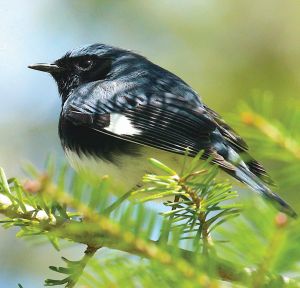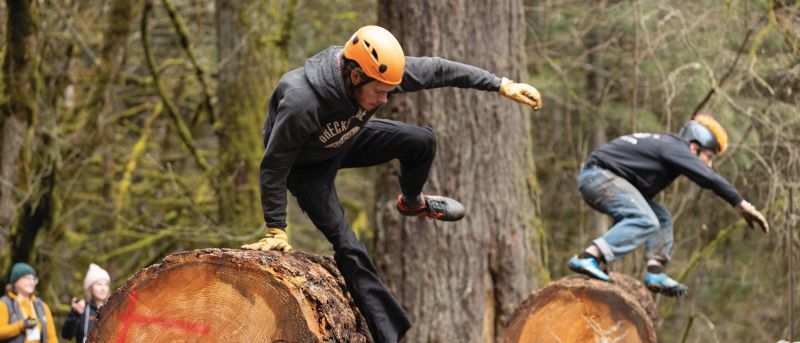Researchers from 6 countries are coming together to advance mass timber adoption

Approaching research with an international lens enables Oregon State University to enter a global dialogue — and take steps towards changing the world. One example? The Converging Design project, a powerful international mass timber research collaboration spearheaded jointly by a team from Oregon State, Colorado State University, Stanford and Penn State University.
Funded by the National Science Foundation, the USDA Agricultural Research Service and private industry, the project’s aim is to investigate the seismic resilience of mass timber and its strength as a low-carbon structural building material. This is important, as this data is critically needed to help speed along the development and adoption of building codes, showcase the sustainability of the material and increase the manufacturing of modular and prefabricated mass timber structures that will result in widespread U.S. adoption, as seen in other countries around the world.
To gather the necessary test data, the research team is conducting a shake-table test on a six-story mass timber building at the national shake-table testing site at the University of California San Diego. Part of the Natural Hazards Engineering Research Infrastructure, the shake-table is the largest in the world.
Originally 10 stories tall, the test building was constructed by the Colorado School of Mines, with the support of international partners including the University College London in the U.K, University of Canterbury in New Zealand, University of Kyoto in Japan, and University of Camerino in Italy. To gather the seismic data needed for this project,the structure only needed to be six stories, so prior to the testing, the OSU teams deconstructed the top four stories of the building. The salvaged components are being repurposed into refugee housing in Tijuana, Mexico, showcasing the potential for mass timber reuse.“It’s exciting to work with such a diverse group of both academic and industry partners,’’ said Andre Barbosa, the Glenn Willis Holcomb professor in structural engineering at the College of Engineering. “This unique project is one of the first demonstrations of mass timber reuse and of mass timber’s seismic resilience.”
Barbosa, in collaboration with Arijit Sinha, professor of wood science and engineering and JELD-WEN chair in wood-based composites science at the College of Forestry, originally started investigating the systems using a three-story mass timber structure. The test structure was built inside the Oregon State University A.A. “Red” Emmerson Advanced Wood Products Laboratory lab at the TallWood Design Institute. This allowed the team to investigate initial design methods, assumptions and obtain results before refining them for the larger six story building seismic testing at UC San Diego.
“This work is vitally important to validate the use of mass timber and other technologies as vehicles to make buildings safer and more resistant to earthquake activity while simultaneously storing carbon,” Sinha said. “This creates a synergistic combination for enhanced structural and environmental performance.”
The test structure will undergo a three-phase test process (see below), employing different seismic lateral force-resisting systems in each test. These systems employ a variety of vertical elements in the construction of buildings to help transfer lateral loads like heavy winds or earthquake ground motion shaking. They also allow a building to rock, sway and dissipate the energy, and self-center after shaking, therefore minimizing damage.

In November 2023, the Converging Design team completed Phase 1. They found the mass timber structure experienced virtually no damage after nearly fifty ground motion shakes from the shake-table, demonstrating the resilience of the building system. Phase 2, completed in January 2024, showcased the resilient nature of the post-tensioned mass timber walls with buckling-restrained braces. The remaining phase of testing is expected to be complete by spring 2024. Follow along and find live updates on the TallWood Design Institute website!



















